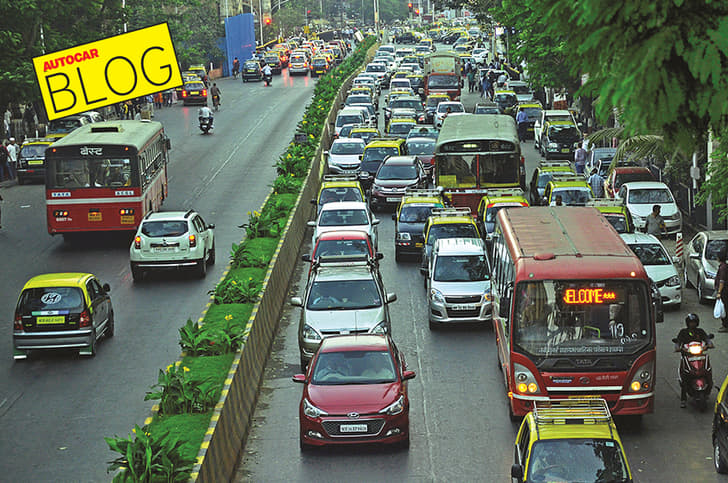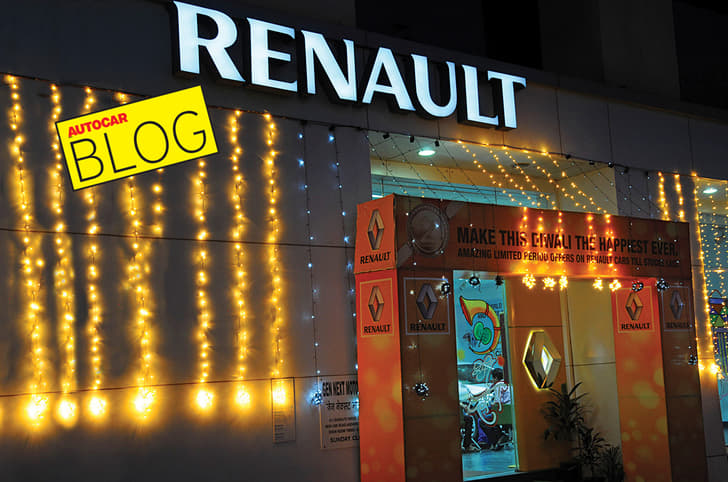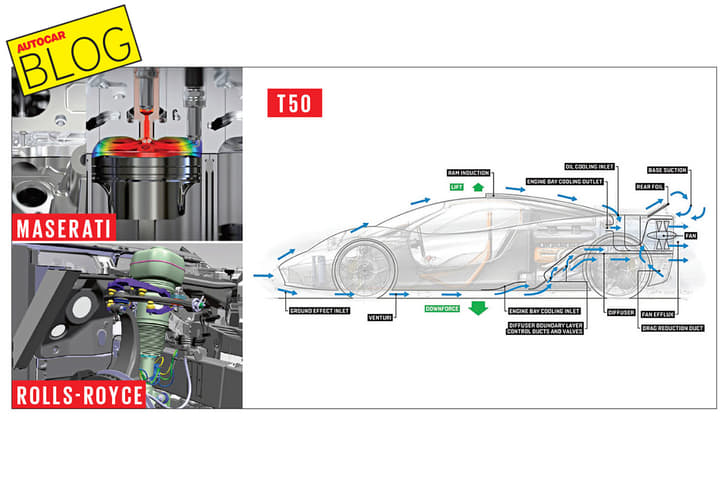At a presentation on the Indian auto industry, it was said that India still holds terrific opportunity with vehicle penetration low at just 23 cars per 1,000 people and 126 two-wheelers per 1,000.
On the sidelines I asked the presenter what the bus penetration was like. “Why bother? Buses aren’t attractive a story for brand India.” The bus is not really the reason a market is ‘attractive’, is it? It’s all about the personal vehicle.
But as Enrique Penalosa, ex-mayor of Bogota city said, “A developed country is not a place where the poor have cars; its where the rich ride public transportation.”
Should we fuss about only 23 cars per 1,000 people? Or be really bothered about only the 1.3 buses per 1,000! Can we not be pragmatic and create our own solutions rather than copy those of developed countries?
Look at two key data points: [1] We have 5.5 million kilometres of roads but 80 percent of that is rural and district, and [2] the World Bank 2018 report says our per capita GDP (PPP measure) ranks 120th globally at USD 7,762.00 per annum. To superimpose these over a 1.37 billion population, we need a 360-degree retake on ‘mobility’, in policy, investments and action.
India’s mobility solution lies in ‘usage’ and not in mere ownership. There are three clear socio-economic segments for whom mobility is a solution and not a possession – the millennials, the urban poor, and the farmers. The first category doesn’t feel the need for personal transport, the second cannot afford it, and the third resort to more modest means to get around.
The bus forms the spine of this solution, and the other forms of public transport are the tributaries.
Our mobility solution lies in a hyper-connected bus transport system. Right from the BRT in megapolises to the ‘Grameen Bus Seva’ in the villages. Five actions are needed:
- A national target of increasing the bus reach from the current 1.3 per 1,000 Indians to 15 per 1,000 by 2047. Let us connect all the 6,00,000-odd villages by bus on the 100th year of our independence.
- Connecting means a proper bus-stand with a roof and facility for 15-20 people, within 500 metres of the population cluster/colony/village.
- Special incentives for existing bus manufacturers, from 12m down to a new category of 4.5-5m last-mile connectors.
- A national grid of central, state and private operators belonging to a common-pool of revenue and profits – a collective hub-and-spoke system l FAME incentives only for electric public transport solutions – buses, shared four-wheelers and two-wheelers; not for personal electric transport.
Our measure of progress and prosperity has to move away from how many can buy a personal vehicle to how many can use a reliable, safe and sustainable mode of public transport. That is truly democratic mobility for the millions.








.jpg?w=728&q=75)

















